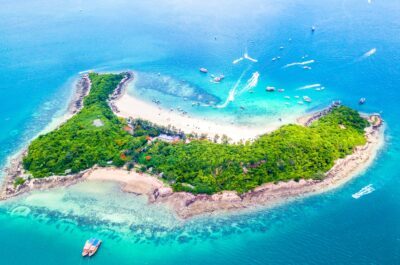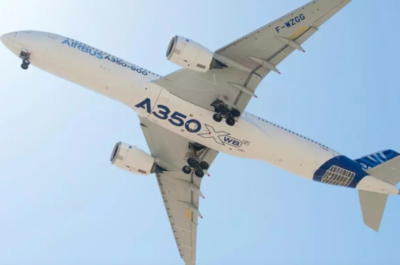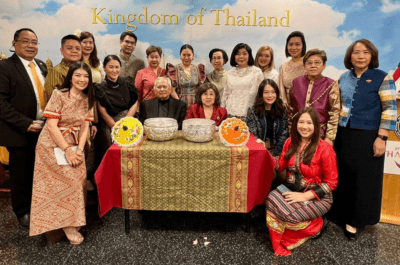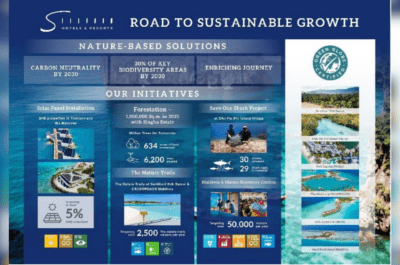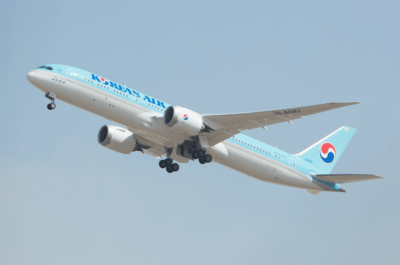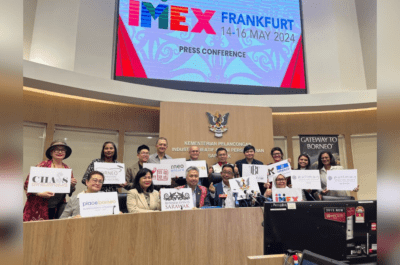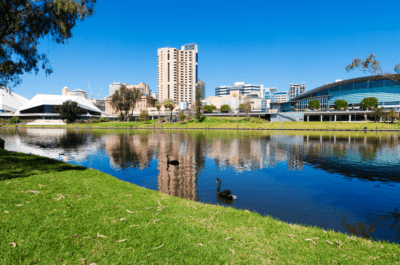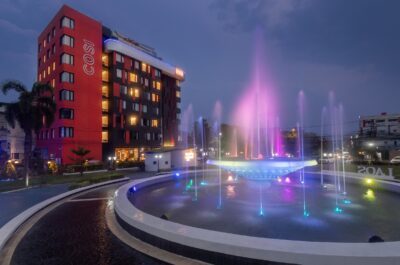Tourism expenditure in New Zealand reached $17.5 billion for the year ended March 2005, according to the Tourism Satellite Account: 2005 published by Statistics New Zealand. Total tourism expenditure – consisting of…
Tourism expenditure in New Zealand reached $17.5 billion for the year ended March 2005, according to the Tourism Satellite Account: 2005 published by Statistics New Zealand. Total tourism expenditure – consisting of spending by overseas visitors and domestic (household, business and government) travellers – increased 0.8 percent for the March 2005 year. This follows rises of 1.7 percent in 2004 and 6.0 percent in 2003.
Other key tourism statistics from the latest report include: Tourism activity by international travellers generated $8.1 billion (up 3.3 percent from the March 2004 year), while domestic travellers contributed $9.4 billion (down 1.3 percent) to total tourism expenditure.
The decline in tourism expenditure by domestic travellers can largely be attributed to cheaper trans-Tasman airfares and a strong New Zealand dollar, resulting in New Zealanders chosing to travel overseas rather than at home. Partly offsetting these factors was the occurrence of the Easter holiday period twice in the March 2005 year (in April 2004 and March 2005).
The increase in international tourism expenditure stemmed from strong growth in the number of visitors to New Zealand. These were predominantly from Australia, attracted by reduced airfares. Partly offsetting the increased number, the average length of stay of visitors in New Zealand declined from 18 to 17 days.
The gross domestic product of the tourism industry was $6.5 billion (4.8 percent of New Zealand`s economy) with a further $5.8 billion generated by industries supporting tourism. Tourism contributed 18.7 percent ($8.1 billion) to New Zealand`s total export earnings. An estimated 105,000 full-time equivalent employees (or 5.8 percent of total employment in New Zealand) were directly engaged in producing goods and services purchased by tourists in 2005.
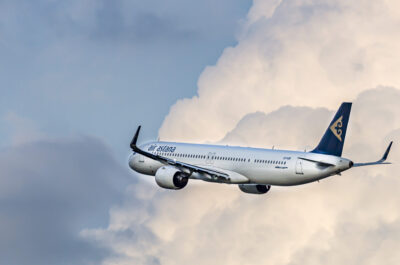


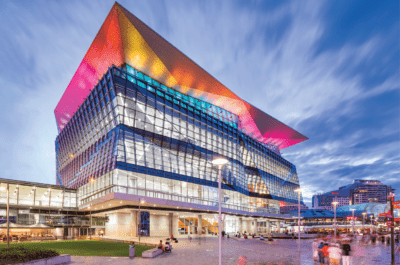













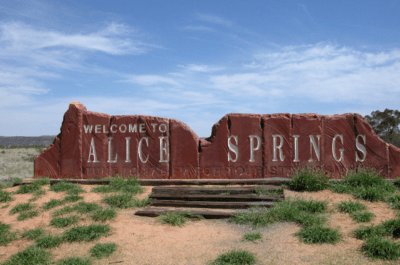





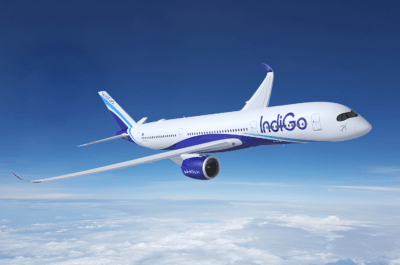











![[PR] PR_Ascott and Vimut Hospital_2024](https://www.traveldailynews.asia/wp-content/uploads/2024/04/PR-PR_Ascott-and-Vimut-Hospital_2024-400x265.jpg)

